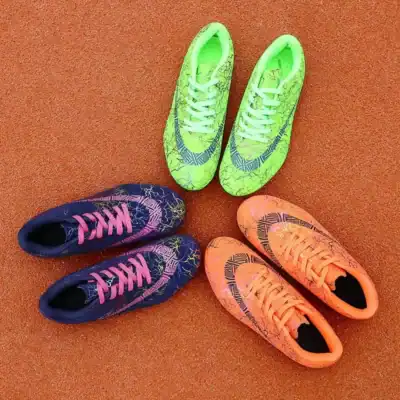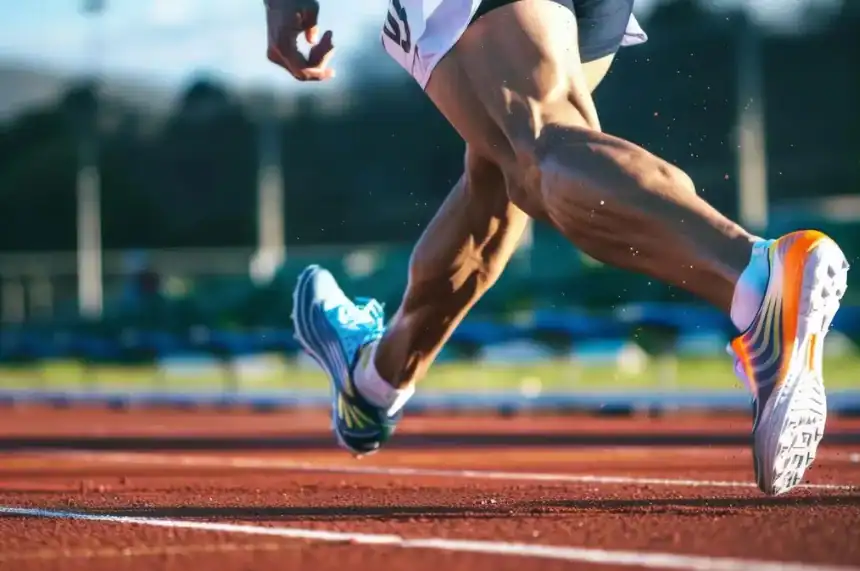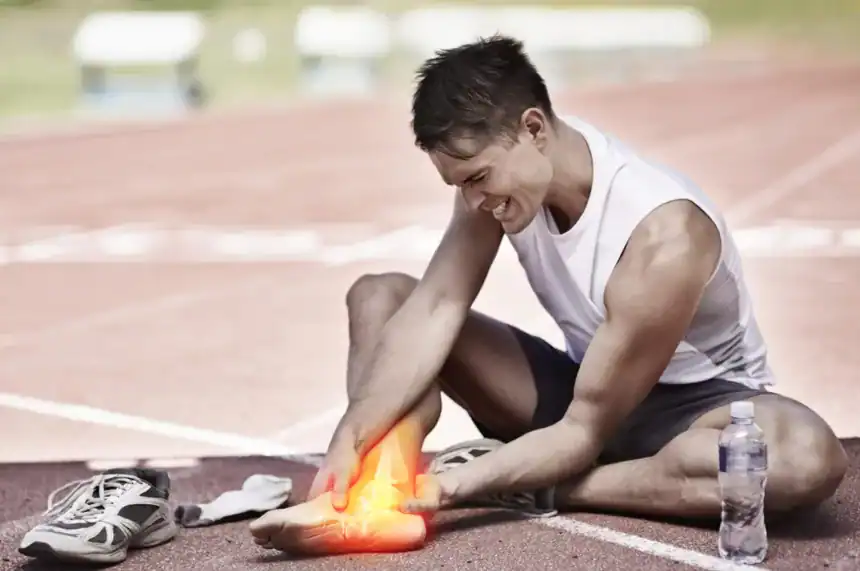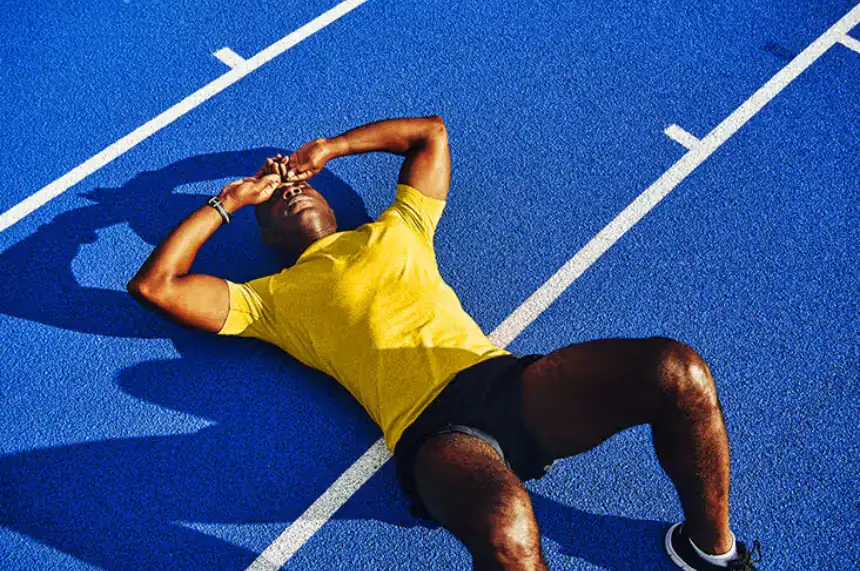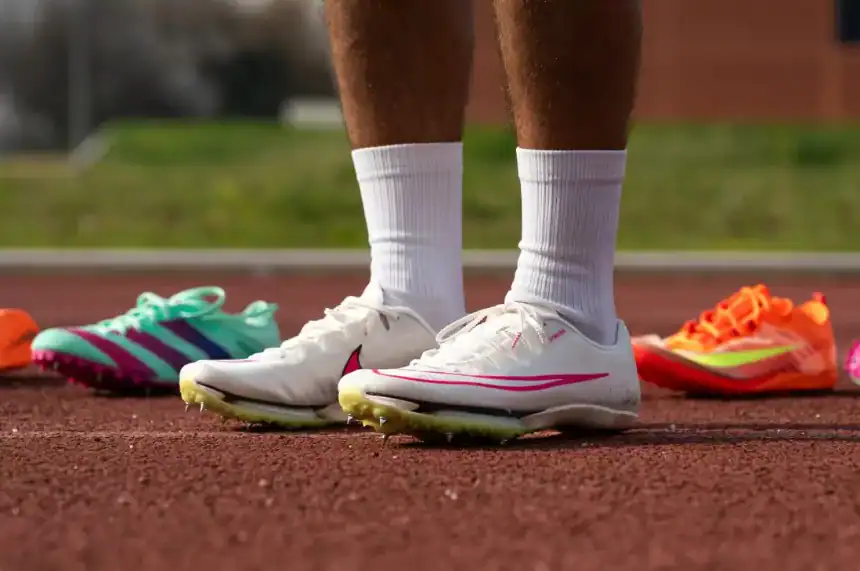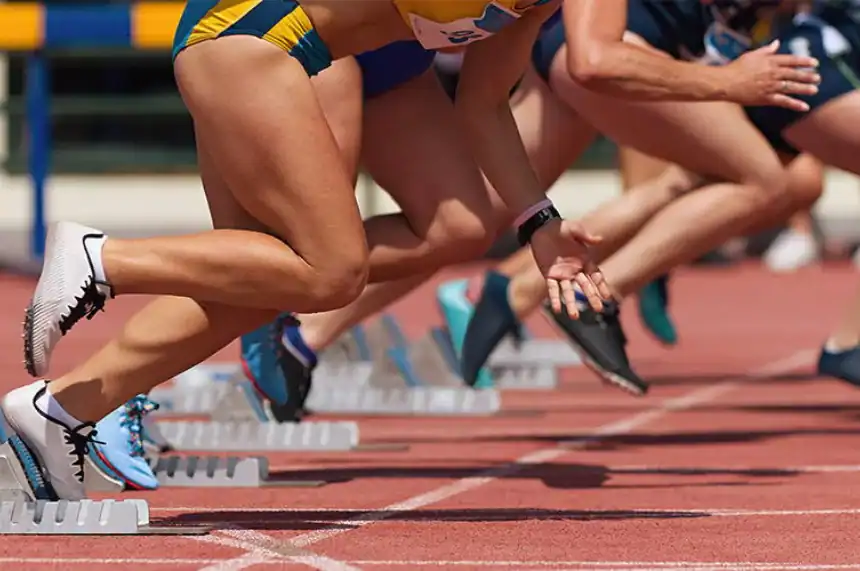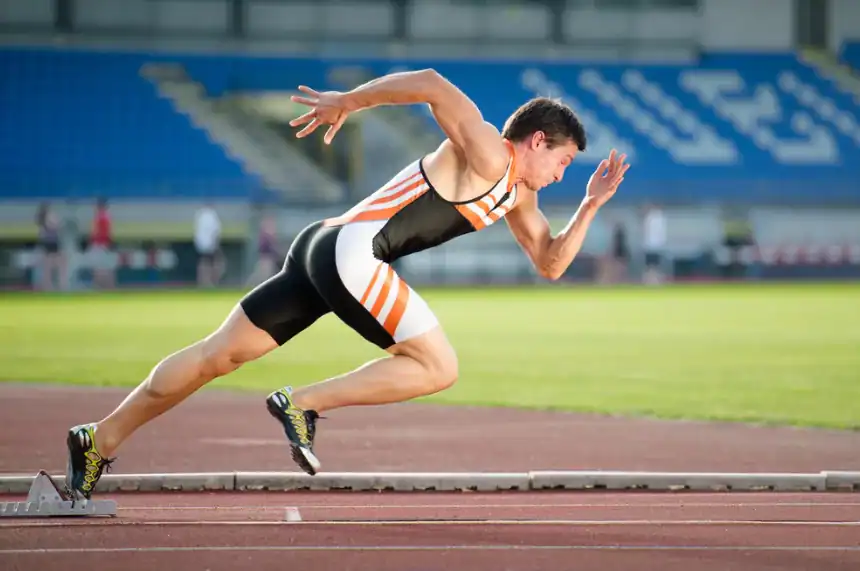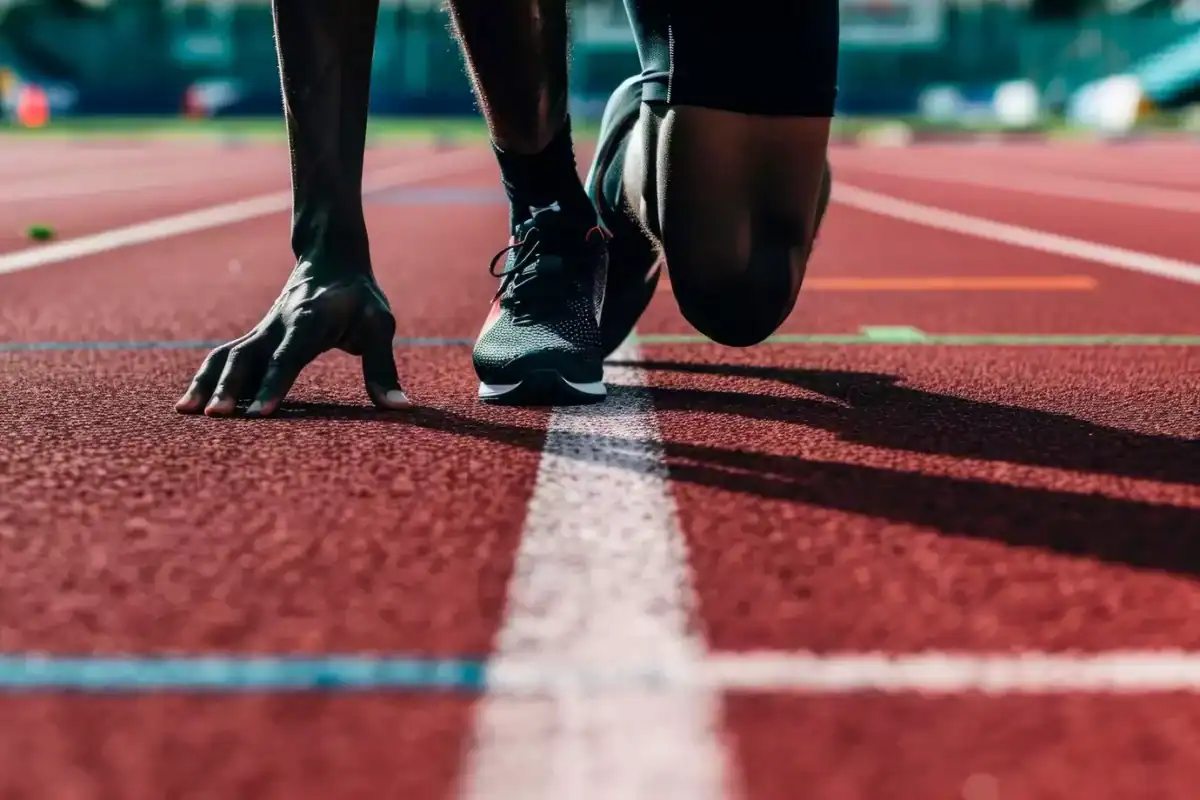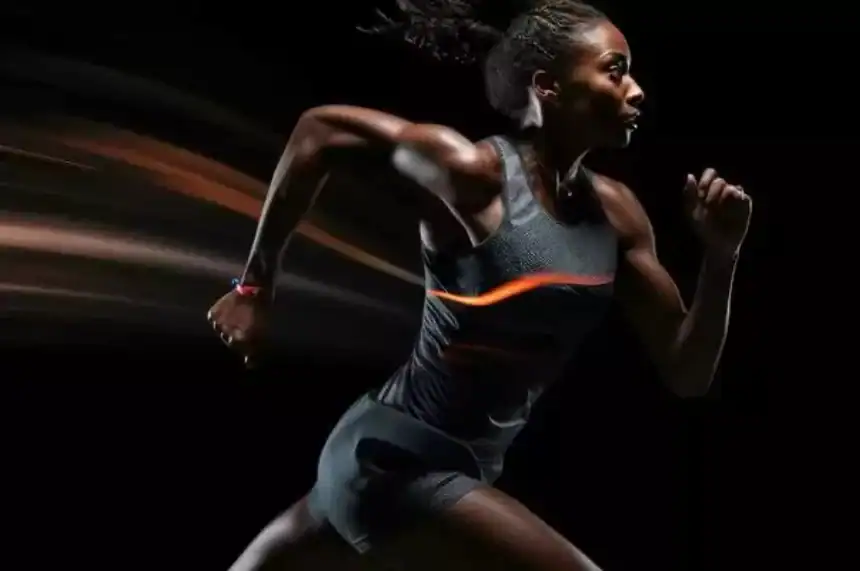Blog
Track Shoes for Beginners How to Get Started with the Right Pair
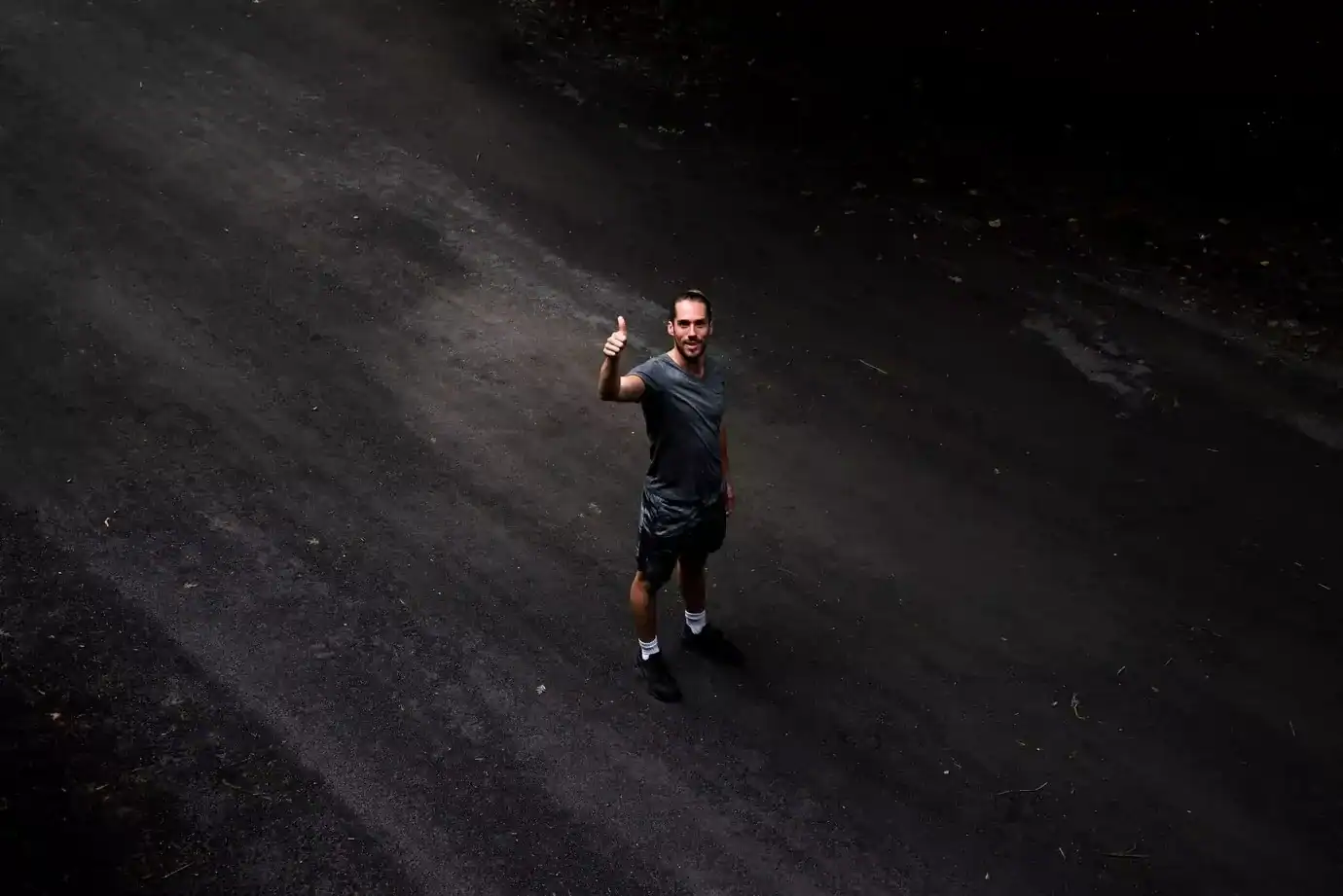
Starting your journey in track and field is an exciting step toward fitness, competition, and personal growth. One of the most crucial investments for beginners is selecting the right pair of track shoes. The right footwear can enhance performance, prevent injuries, and make your training sessions more comfortable. In this guide, we’ll provide detailed insights to help beginners choose the perfect track shoes, ensuring a confident and productive start.
Why Choosing the Right Track Shoes Matters
Track shoes are more than just athletic footwear; they are specialized tools designed to support specific activities on the track. For beginners, having the right pair can make a significant difference in:
- Performance: Proper shoes improve traction, energy return, and overall speed.
- Injury Prevention: The right fit and design reduce the risk of blisters, shin splints, and joint strain.
- Comfort: Well-fitted shoes allow for longer, more effective training sessions.
Types of Track Shoes
Track shoes are designed to meet the needs of specific track and field events. Beginners should first determine their focus area before purchasing a pair.
1. Sprinting Shoes
- Designed for short-distance races (100m to 400m).
- Features lightweight materials and aggressive spike plates for maximum speed and grip.
2. Middle-Distance Shoes
- Ideal for races between 800m and 1500m.
- Combines lightweight design with additional cushioning for comfort over longer distances.
3. Distance Shoes
- Built for races over 3000m and cross-country events.
- Offers excellent cushioning and support for endurance running.
4. Field Event Shoes
- Specialized for events like long jump, high jump, and throwing.
- Provides event-specific features such as reinforced toe boxes or enhanced stability.
Key Features to Look For in Beginner Track Shoes
When selecting track shoes, beginners should prioritize these features:
- En forme
- Shoes should feel snug but not tight.
- Ensure there’s enough room for your toes to wiggle without excessive movement.
- Weight
- Lightweight shoes reduce fatigue and improve speed.
- Look for shoes made from modern, breathable materials.
- Spike Configuration
- Beginners can start with fewer spikes for versatility.
- Ensure spikes are removable for customization.
- Cushioning and Support
- Choose shoes with adequate cushioning, especially for longer training sessions.
- Supportive midsoles help maintain stability and prevent injuries.
- Durability
- Opt for high-quality materials that withstand wear and tear.
- Durable shoes ensure a longer lifespan and better value.
How to Find the Right Fit
Finding the perfect fit is critical for beginners. Here’s how to get it right:
- Measure Your Feet
- Measure both feet and buy shoes that fit the larger foot.
- Consider foot width as well as length.
- Try Them On
- Wear the socks you plan to use during training.
- Test the shoes by walking and running in them.
- Check for Comfort
- Ensure there are no pressure points or tight spots.
- Shoes should feel comfortable from the first wear.
- Consider Arch Type
- Flat feet, neutral arches, and high arches all require different levels of support.
- Many beginner track shoes offer arch-specific options.
Tips for Beginners to Maximize Track Shoe Performance
- Break Them In
- Wear your shoes for light training sessions before competing in them.
- This helps prevent discomfort or blisters.
- Keep Them Clean
- Remove dirt and debris regularly to maintain grip and durability.
- Air-dry your shoes after use to avoid odor and moisture damage.
- Rotate Shoes
- If possible, use different shoes for training and competition to extend their lifespan.
- Replace When Necessary
- Shoes lose their effectiveness after prolonged use.
- Replace them when the cushioning feels flat or the spikes are worn.
TrackSpikes: The Best Choice for Beginners
Starting your track and field journey is easier with the right partner, and TrackSpikes is here to help. Our beginner-friendly track shoes are designed to offer comfort, performance, and durability. Whether you’re focusing on sprints, middle distances, or field events, TrackSpikes provides a range of options to suit your needs.
Frequently Asked Questions
- Do beginners need spikes in their track shoes?
Spikes are not mandatory for beginners but can provide significant advantages in traction and speed. Beginners can start with shoes that have removable spikes for versatility. - How much should beginners spend on track shoes?
Invest in quality shoes within your budget. A good pair of beginner track shoes typically ranges between $50 and $120, depending on the features and materials. - Can I use regular running shoes for track and field?
While regular running shoes can work for training, specialized track shoes offer better performance for competition and event-specific needs.
Conclusion
Choosing the right track shoes is a crucial first step for any beginner entering the world of track and field. By understanding your needs, exploring your options, and prioritizing comfort and quality, you can ensure a successful start to your athletic journey.
At Pointes de piste, we are committed to helping beginners take their first steps with confidence.
Shop TrackSpikes now and discover the perfect pair of beginner track shoes to elevate your performance. Start strong, and let us support you every step of the way!

